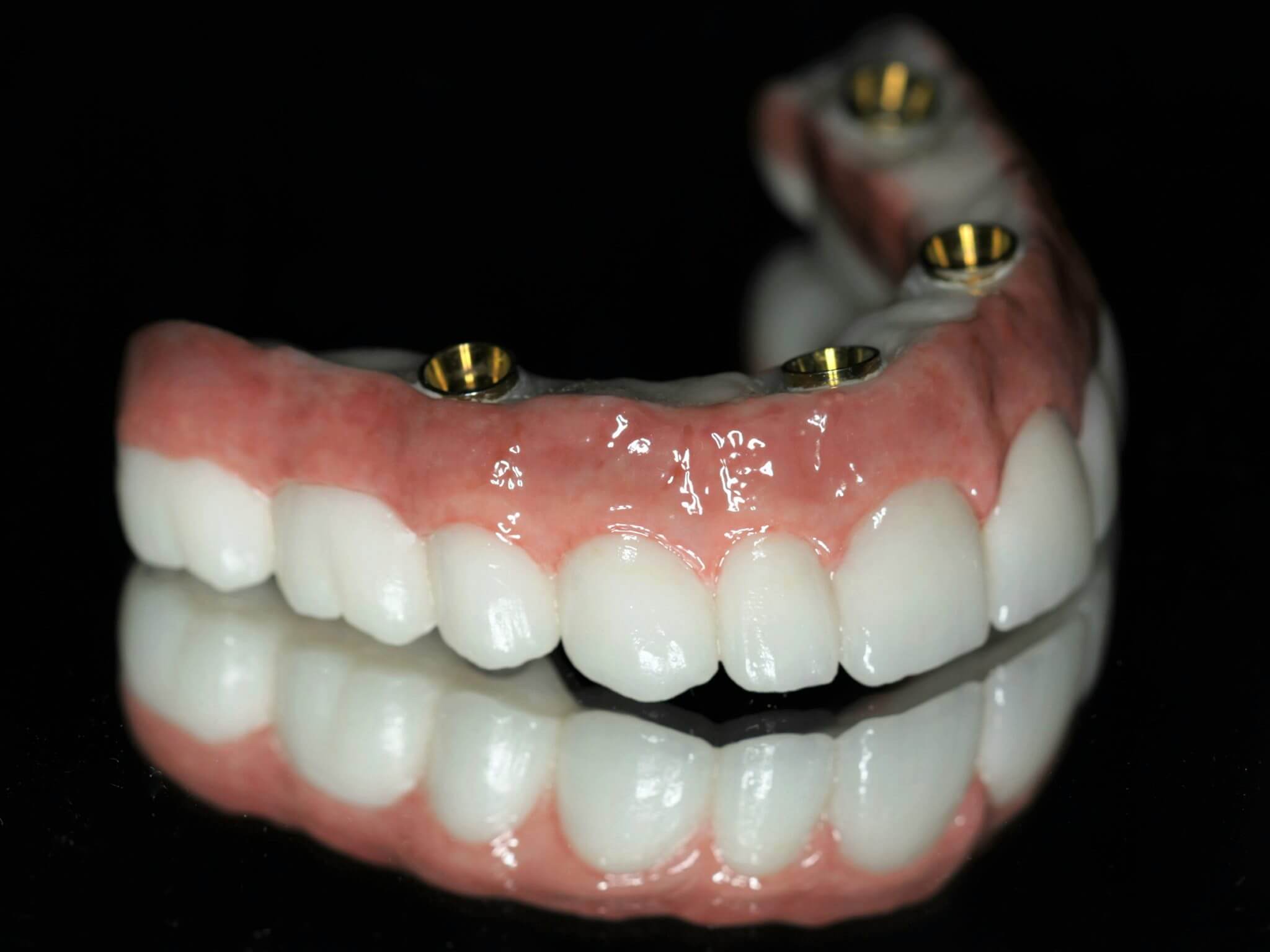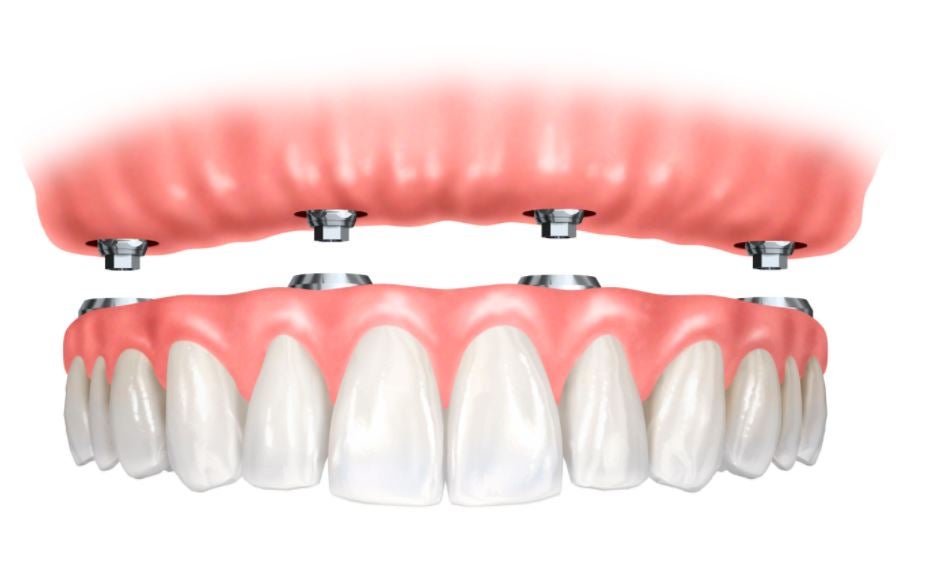The Single Strategy To Use For Dental Sense
The Single Strategy To Use For Dental Sense
Blog Article
All about Dental Sense
Table of ContentsSome Ideas on Dental Sense You Need To Know6 Easy Facts About Dental Sense ExplainedSome Of Dental SenseThe Buzz on Dental Sense
are clinical tools operatively implanted right into the jaw to bring back a person's capacity to chew or their appearance. They provide assistance for man-made (fake) teeth, such as crowns, bridges, or dentures. When a tooth is shed as a result of injury or illness, an individual can experience problems such as rapid bone loss, malfunctioning speech, or modifications to chewing patterns that cause pain.Oral implant systems include an oral implant body and dental implant joint and may additionally include an abutment addiction screw. Kids dental. The oral implant body is surgically put in the jawbone in location of the tooth's origin. The dental implant joint is normally affixed to the dental implant body by the joint addiction screw and expands via periodontals right into the mouth to support the affixed synthetic teeth
(https://www.tripadvisor.in/Profile/dentalsense1)Structure of The Oral Implant System picking oral implants, speak with your dental company concerning the possible benefits and risks, and whether you are a prospect for the procedure. Things to take into consideration: Your general health is an essential consider determining whether you are a great prospect for dental implants, for how long it will take to heal, and how long the implant may remain in area.
Cigarette smoking might affect the recovery procedure and reduce the lasting success of the implant. The healing process for the dental implant body might take several months or longer, throughout which time you generally have a short-lived joint in place of the tooth. the dental implant procedure: Carefully adhere to the dental hygiene directions provided to you by your dental provider.
The Basic Principles Of Dental Sense
Implant failure can result in the requirement for another operation to fix or change the implant system. Restores the capability to eat Brings back cosmetic appearance Aids keep the jawbone from diminishing because of bone loss Maintains the health of the bordering bone and periodontals Assists maintain adjacent (close-by) teeth steady Improves top quality of life Damage to surrounding all-natural teeth during dental implant positioning Injury to the surrounding cells during surgical procedure, such as sinus opening Injury throughout surgical procedure (for instance, crack of surrounding jawbone) Inadequate feature, such as seeming like the teeth do not bite together generally A feeling that the tooth is loosened or twisting in place resulting from an abutment screw loosening Implant body failure (looseness of the implant body) due to systemic infection, which may be most likely in patients with uncontrolled diabetes due to neighborhood infection in bone and gum tissues sustaining the dental implant body because of postponed recovery, which may be more probable in patients that smoke Trouble cleansing the periodontals around the implant, resulting in bad oral hygiene Neglected periodontal condition Post-surgical feeling numb as a result of nerve impingement or damages Always alert healthcare suppliers and imaging professionals that you have oral implants before any type of magnetic resonance imaging (MRI) or x-ray treatments.
FDA is not conscious of any adverse occasions reported for MRI or x-ray procedures with oral implants. Oral implants systems are typically constructed from materials that follow global consensus criteria of the International Organization for Standardization (ISO) or ASTM International. These standards have information of what makes a safe product.

A dental implant is a structure that changes a missing tooth. With screw-like gadgets, the cosmetic surgeon inserts a dental implant right into the jawbone, and it works as an anchor for an artificial tooth, called a crown. A tool called a joint connects the synthetic tooth to the dental implant. The crown is tailor-made to fit the individual's mouth and match the shade of their teeth.
Getting The Dental Sense To Work
Some individuals are not eligible for dental implant surgery. It is for dental surgeons to operate individuals with: severe illnessuncontrollable metabolic diseasebone or soft tissue condition or infectionIf these problems are fixed, a person can have the surgical procedure. In, oral cosmetic surgeons refrain from operating people with: If individuals with any one of the above go through dental implant surgical procedure, there is a greater risk of the dental implant stopping working.

Oral implant surgery is a personalized procedure. It's not the exact same for everybody. Yet the adhering to gives a general overview of what you can expect your dental professional, dental cosmetic surgeon, periodontist or prosthodontist to do: Put the dental implant operatively. Offer you time to heal. Attach the message and final crown, bridge or denture.
Next, your specialist will very carefully position the great site oral implant into your jaw. Finally, your cosmetic surgeon will rearrange your periodontals and shut the cut with stitches. If your implant is near the front of your mouth, your dental practitioner will make a short-term tooth for you to wear till you heal. That way, you won't have a gap in your smile while you recoup.
A Biased View of Dental Sense
Your provider can tell you what to expect in your situation. During the recovery phase, your jawbone should fuse to the dental implant. This process, called osseointegration, is important for security and lasting success. This procedure can take anywhere from 3 to 9 months. In some cases, it may take longer.
When your dental implant heals, your dentist can affix the joint (tiny adapter message) and your last remediation (crown, bridge or denture). This normally takes regarding one hour to complete and may need a 2nd small surgical procedure. You should not feel any pain throughout your oral implant procedure because your copyright will utilize medicine to numb your periodontals.
Report this page